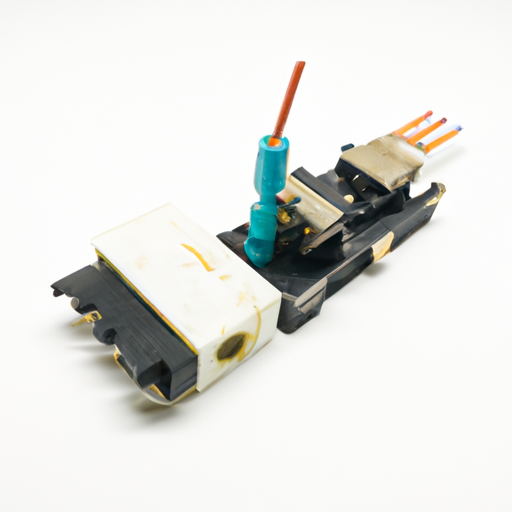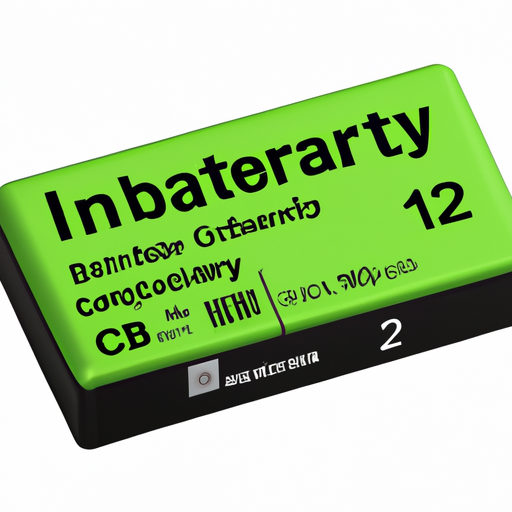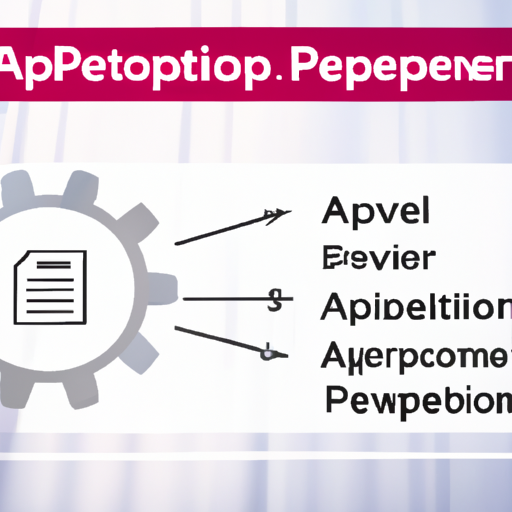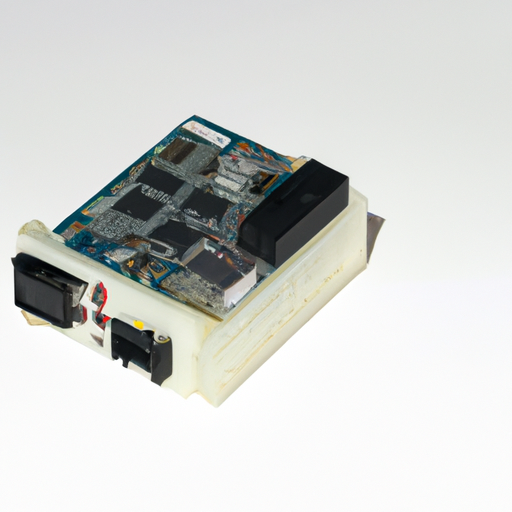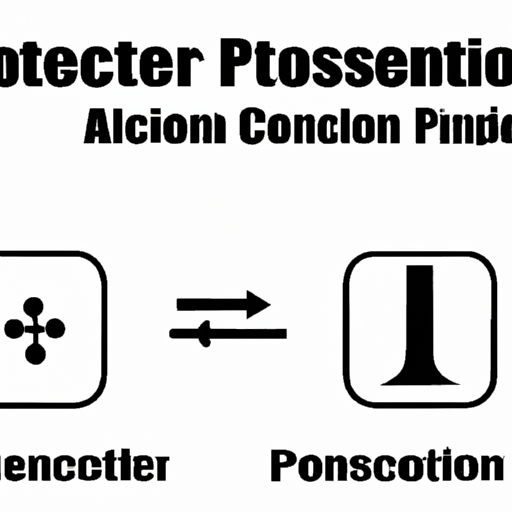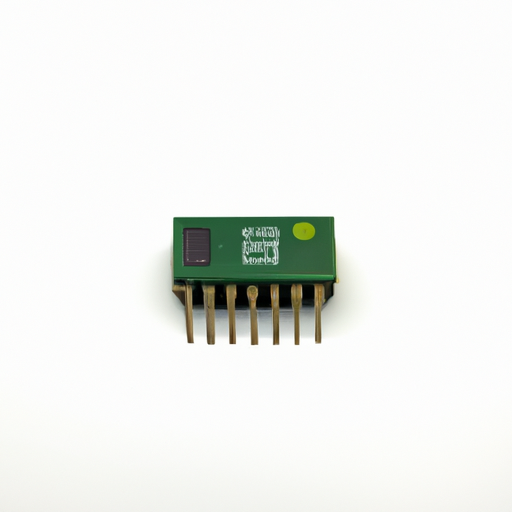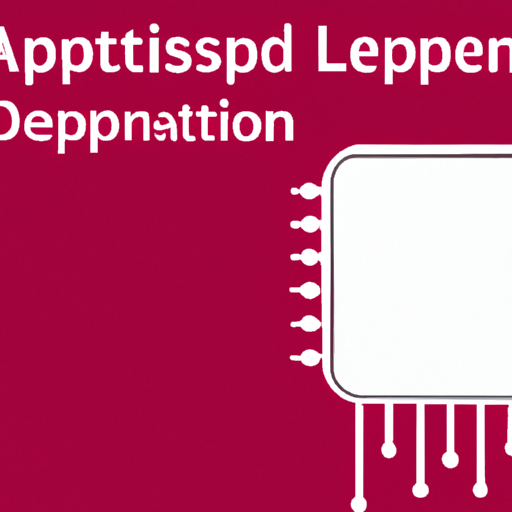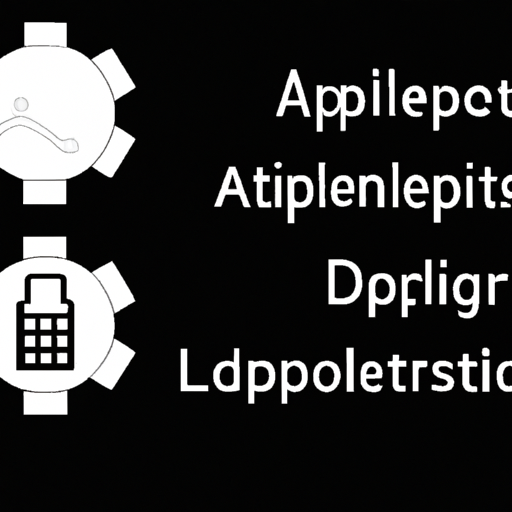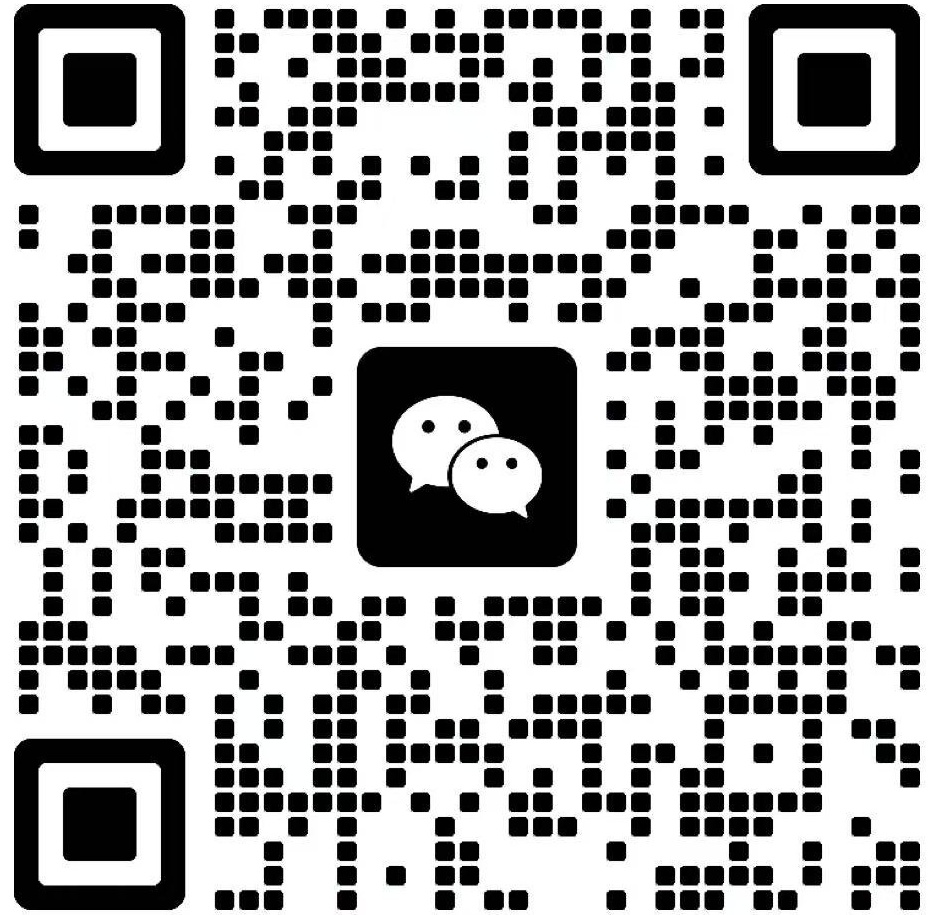Overview of Signal Buffers, Repeaters, and Splitters
Signal buffers, repeaters, and splitters are essential components in modern electronic systems, each serving a unique purpose in signal management and integrity. While the 1N4148 diode is primarily a silicon switching diode known for its fast switching capabilities, it can be effectively integrated into circuits that utilize these components to enhance performance and reliability.
Core Functional Technologies
1. Signal Buffers - **Function**: Signal buffers isolate different circuit stages, preventing loading effects and ensuring that signals maintain their integrity. They can also shift voltage levels and improve the ability to drive capacitive loads. - **Technology**: Common implementations include: - **Operational Amplifiers (Op-Amps)**: Configured as voltage followers to provide high input impedance and low output impedance. - **CMOS Buffers**: Utilize complementary metal-oxide-semiconductor technology for low power consumption and high-speed operation. - **Transistor Buffers**: Use bipolar junction transistors (BJTs) or field-effect transistors (FETs) to amplify signals. - **Applications**: Widely used in digital circuits, audio systems, and communication devices to maintain signal quality.
2. Repeaters - **Function**: Repeaters amplify and regenerate signals to extend transmission distances without degradation. - **Technology**: Typically involve: - **Amplifiers**: Boost signal strength. - **Digital Signal Processors (DSPs)**: Process and clean up signals. - **Microcontrollers**: Manage signal processing and control functions. - **Applications**: Essential in telecommunications, wireless networks, and fiber optic systems to ensure reliable long-distance communication.
3. Splitters - **Function**: Splitters divide a single input signal into multiple outputs, allowing one source to be shared among several destinations. - **Technology**: Can be: - **Passive Splitters**: Use resistive dividers or transformers without amplification. - **Active Splitters**: Incorporate amplifiers to maintain signal strength across outputs. - **Applications**: Common in audio/video distribution, telecommunications, and data networks.
Application Development Cases
1. Audio Signal Buffering - **Case Study**: In a home theater system, a signal buffer connects a single audio source to multiple amplifiers. The 1N4148 diode can be integrated into the buffer circuit to protect against reverse polarity and ensure signal integrity, preventing distortion and loss.
2. Data Communication Repeaters - **Case Study**: In long-distance data communication, a repeater can be designed using amplifiers and the 1N4148 for signal conditioning. This setup regenerates the signal at intervals, maintaining data integrity over extensive distances, crucial for applications like remote monitoring.
3. Video Signal Splitters - **Case Study**: In a video distribution system, a splitter sends a single video signal to multiple displays. The 1N4148 can be used to protect against voltage spikes, ensuring that sensitive video equipment remains safe from damage, which is vital in professional AV setups.
4. Sensor Signal Conditioning - **Case Study**: In industrial automation, sensors often require buffering to ensure their signals can drive microcontroller inputs. A buffer circuit using op-amps can incorporate 1N4148 diodes for protection against voltage transients, enhancing reliability in harsh environments.
5. Wireless Communication Systems - **Case Study**: In wireless communication, repeaters extend coverage. The design can integrate the 1N4148 to manage signal integrity and protect against interference, ensuring reliable communication over longer distances, which is critical in urban environments.
Conclusion
The 1N4148 diode, while not a signal buffer, repeater, or splitter itself, plays a vital role in enhancing the performance and reliability of circuits that perform these functions. By integrating the 1N4148 into various applications, engineers can develop effective solutions for signal integrity, protection, and distribution across a wide range of electronic systems. Understanding the core technologies and application cases is essential for designing robust systems that meet the demands of modern electronics, ensuring that signals remain clear and reliable in diverse applications.

